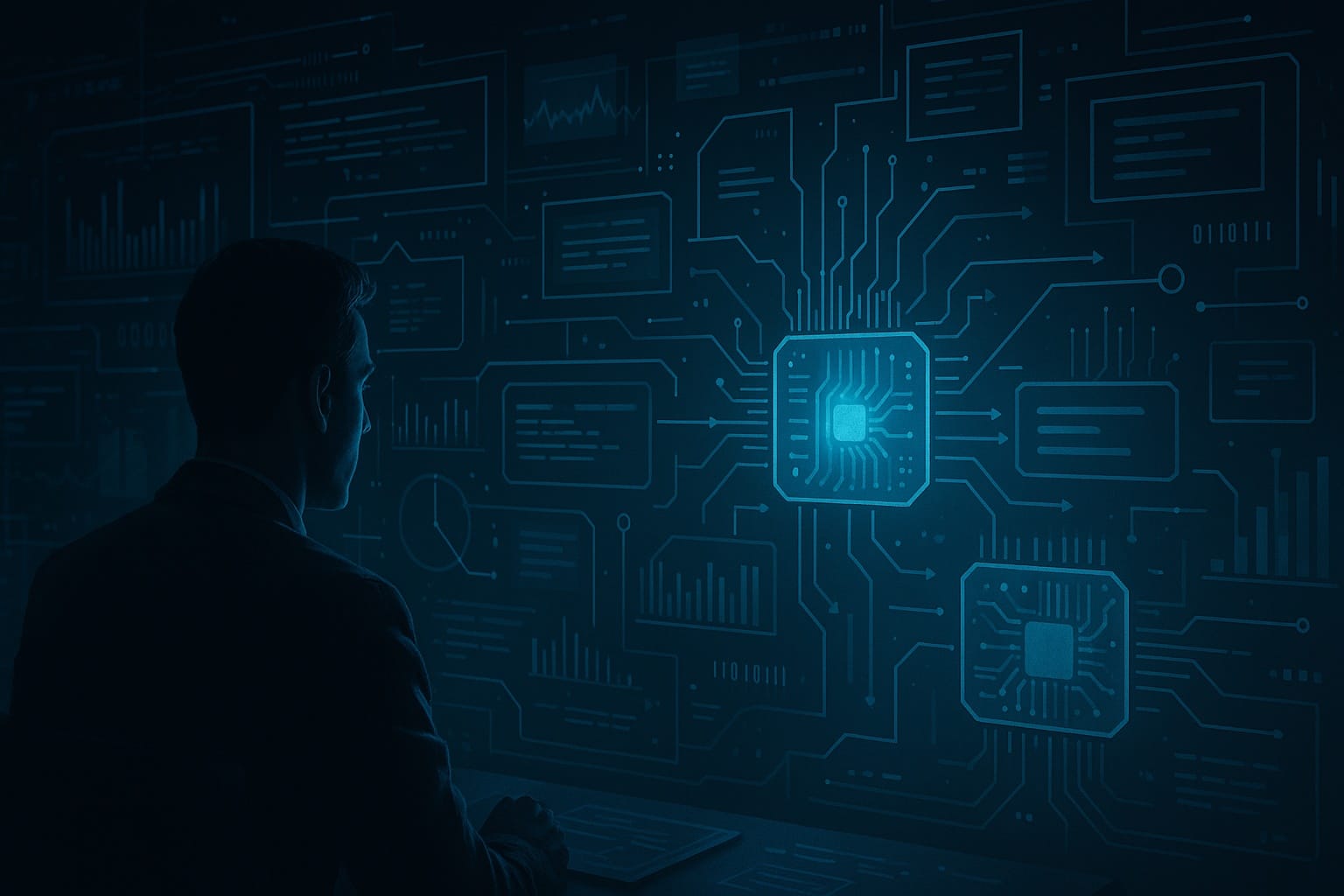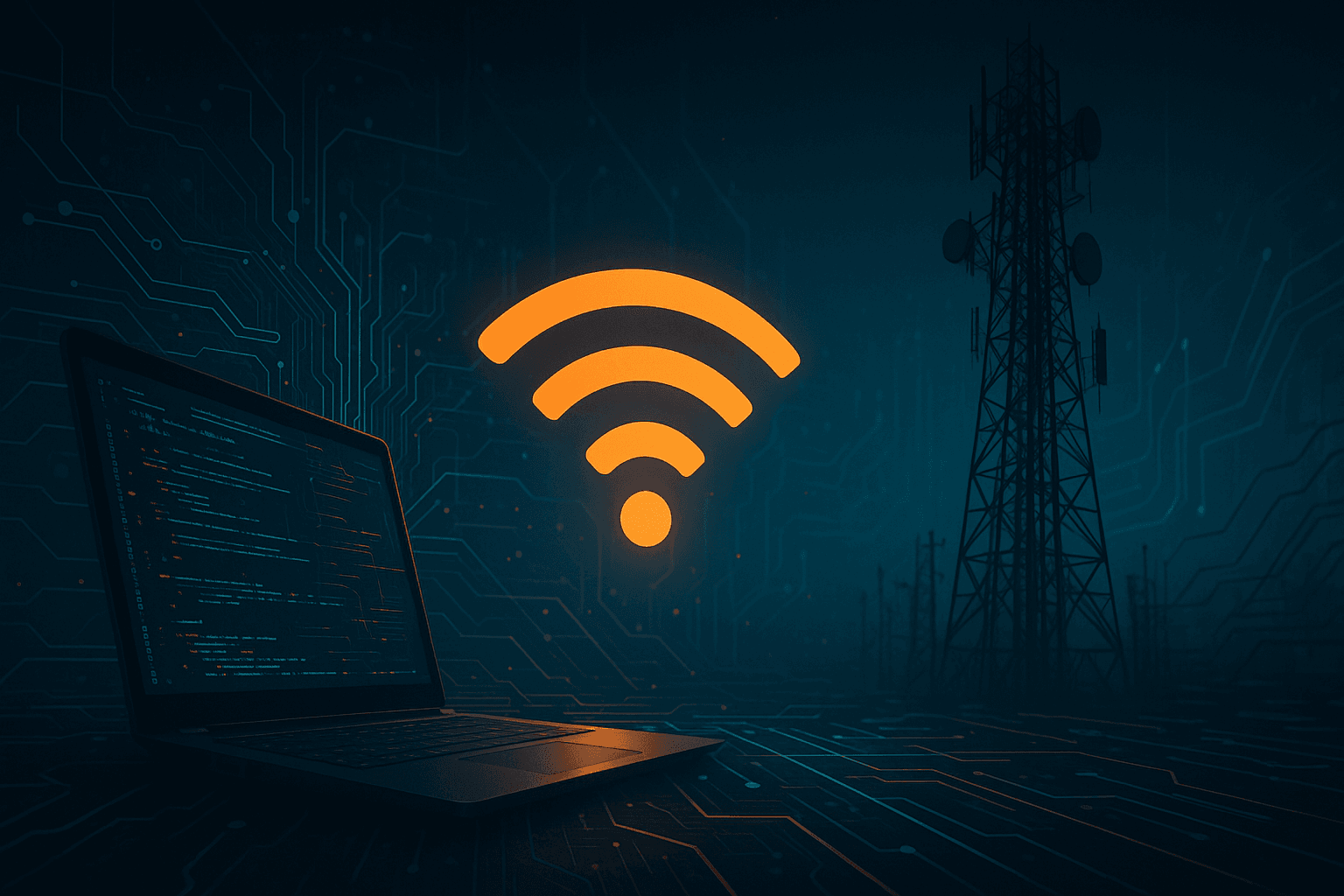DMCA §512: Transitory vs. Temporary Memory—where a software expert witness clarifies the record

The DMCA’s safe harbors were designed to protect internet operations while preserving copyright enforcement. The text of 17 U.S.C. §512 and the U.S. Copyright Office’s overview of the DMCA anchor the distinction between transitory (in-flight) and temporary (cache) copies—terms that recur in pleadings, expert reports, and jury instructions.
What §512(a) covers: transitory digital network communications
Paragraph (a) shields conduits when packets are merely transmitted, routed, or briefly buffered as part of an automatic process, with no retention longer than necessary for transmission and no modification of content. Courts have treated sub-second buffer copies as too fleeting to be “fixed,” as discussed in the Second Circuit’s Cablevision decision (Cartoon Network v. CSC Holdings). This reading aligns with the volitional-conduct analysis in Religious Tech. Ctr. v. Netcom (N.D. Cal.). When a record demands a technical translation of buffer residency times and forwarding behavior, a software expert witness can connect device logs, packet traces, and system design to the legal standards in §512(a).
What §512(b) covers: system caching (temporary storage)
Paragraph (b) addresses intermediate, temporary storage used to speed delivery (e.g., CDN or proxy caches), conditioned on freshness rules, pass-through delivery, and honoring access controls. The operational mechanics are captured in the IETF’s HTTP caching standard, RFC 7234, and the policy backdrop is summarized in the Copyright Office’s Section 512 Study (2020). Mapping cache headers (max-age, validators, revalidation) to provider practices often requires technical evidence; a software expert witness can relate those artifacts to §512(b)’s criteria.
“Temporary” ≠ “Transitory”
Transitory memory refers to packet-buffering integral to transmission—measured in milliseconds to a few seconds and overwritten during forwarding—whereas temporary caching may persist minutes, hours, or days according to explicit policies. Legislative intent to preserve core internet functionality while limiting liability appears throughout the DMCA’s history, including House Report 105-551, Pt. 2.
Why the line matters in litigation
Two recurring issues surface in expert discovery and motion practice.
Fixation and RAM copies. The Ninth Circuit’s MAI Systems v. Peak Computer (PDF) treated loading software into RAM as making a “copy,” triggering decades of analysis of what counts as “fixed for a period of more than transitory duration.” Later, Cablevision narrowed the target by emphasizing extremely brief buffers as non-fixed.
Volitional conduct and intermediary functions. Decisions such as CoStar v. LoopNet (4th Cir.) and Perfect 10 v. Amazon (9th Cir. summary, PDF) analyze when automated, pass-through or indexing systems amount to direct copying. These opinions frequently frame how §512(a) and §512(b) apply to network and caching services.
Evidence that tends to move the needle
Buffer residency times from routers/switches, packet capture timelines, CDN configuration snapshots, and cache-control headers can be correlated to the statutory conditions. A software expert witness can quantify these elements, explain whether copies are transitory or temporary in the technical sense, and show how those facts intersect with the legal thresholds in §512.
To engage a software expert witness for an active matter, contact Sidespin Group.

